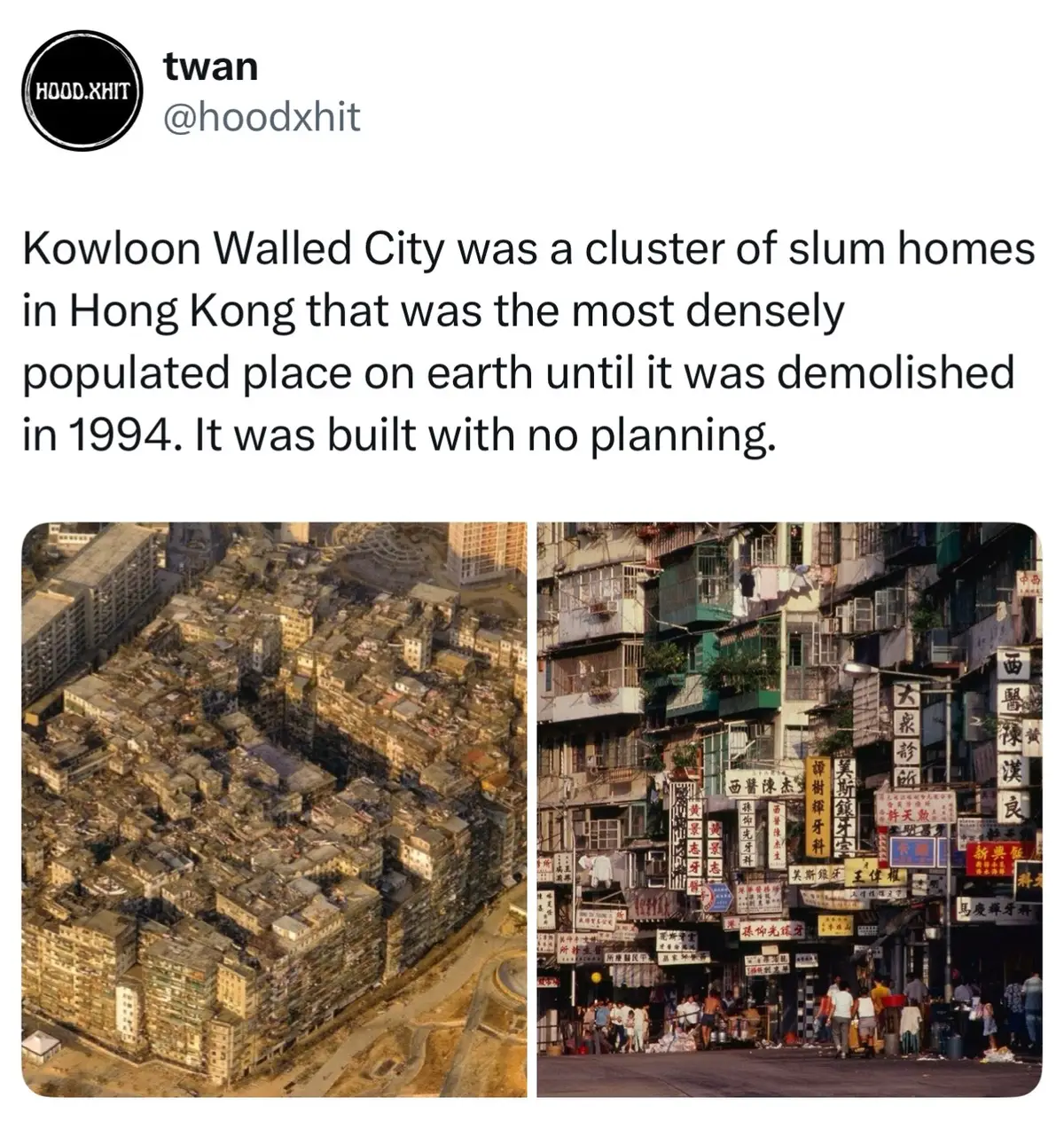Wood Mood
Region: US
Wednesday 16 July 2025 14:58:16 GMT
753
7
0
0
Music
Download
Comments
There are no more comments for this video.
To see more videos from user @wood.mood, please go to the Tikwm
homepage.





